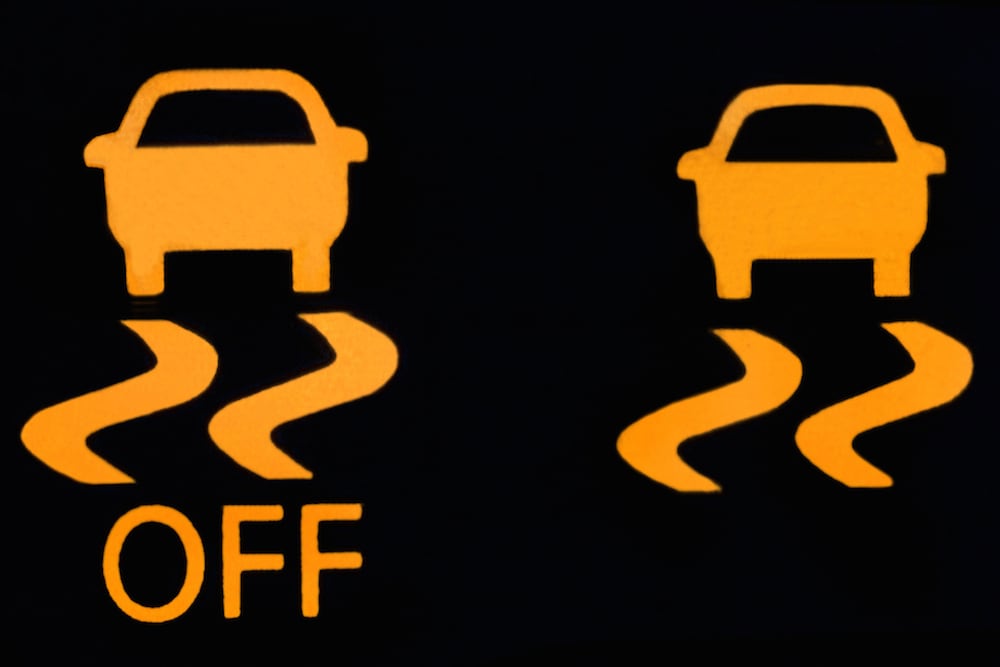Traction Control: Your Guide to Staying Safe on the Road
Have you ever been driving on a wet or slippery road and felt like you were losing control of your car? It's a scary feeling, and one that can lead to accidents and injuries. That's where traction control comes in – a technology that helps keep your car stable and safe on the road. In this article, we'll explore what traction control is, how it works, and why it's important for every driver to understand.
What is Traction Control?
Traction control is a safety feature that helps prevent the wheels of your car from slipping or spinning on a slippery surface. It works by detecting when one or more of your wheels are losing traction, and then automatically applying the brakes or reducing engine power to that wheel. This helps transfer power to the other wheels that still have traction, allowing you to maintain control of your car.
How Does Traction Control Work?
Traction control uses sensors to monitor the speed of each wheel and the rotation of the car's drive shaft. If one wheel starts spinning faster than the others, it means that it's losing traction. The traction control system then sends a signal to the car's computer, which activates the brakes or reduces engine power to that wheel. This helps slow down the spinning wheel and transfer power to the other wheels, which allows you to maintain control of your car.
Why is Traction Control Important?
Traction control is important because it helps prevent accidents and injuries on the road. When your car loses traction on a wet or slippery surface, it can easily spin out of control and cause a collision. Traction control helps keep your car stable and safe, even in challenging driving conditions. It's especially important for drivers who live in areas with frequent rain or snow, as these conditions can make roads very slippery.
Tips for Using Traction Control
If your car has traction control, there are a few things you can do to make sure you're using it effectively:
- Keep your tires properly inflated and in good condition. This will help ensure that your car has enough traction to begin with.
- Drive at a safe speed for the road conditions. Even with traction control, it's important to slow down on wet or slippery roads.
- Avoid sudden movements like hard braking or accelerating. These can cause your wheels to lose traction and trigger the traction control system.
- Don't turn off your traction control system unless you're driving in deep snow or mud. In most cases, it's best to keep it on for maximum safety.
In conclusion, traction control is an important safety feature that can help prevent accidents and injuries on the road. By detecting when your wheels are losing traction and automatically applying the brakes or reducing engine power, it helps keep your car stable and safe in challenging driving conditions. If your car has traction control, be sure to use it effectively by keeping your tires in good condition, driving at a safe speed, and avoiding sudden movements. With these tips in mind, you'll be well on your way to staying safe on the road!
Labels: automobile, Interesting, Technology


0 Comments:
Post a Comment
Subscribe to Post Comments [Atom]
<< Home